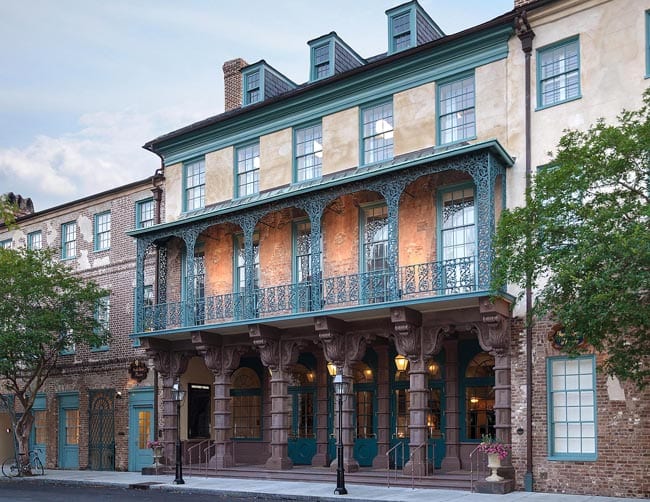A Christmas Carol-Why is it important literature?
What is the true meaning of Christmas, or any other holiday around this beautiful time of year? It has been a question since humanity first began writing. I recently asked myself the same question and my favorite story popped into my head. The characters in A Christmas Carol, by Charles Dickens, attempt to find the answer through their humanity and morality in association with their fellow man. A Christmas Carol has always sparked interest in my creativity and yearning to understand the complexity of human kindness, so I set out to discover more about the beloved novel.
This semester, I was honored to be enrolled in Gothic Literature with Professor Carens, the head of the British Studies program. If anyone on campus knew the intricacies of A Christmas Carol, it was him. This is what he wrote:
It is a bit ironic that A Christmas Carol has become the best loved and most influential of Charles Dickens’s works. The short novel was first published in 1843, near the beginning of the author’s career. The first of five Christmas books published just before the holiday, it appeared on bookstore shelves just in time to fulfill desire for family entertainment keyed to a seasonal theme. Dickens would go on to write much more morally complex and aesthetically pleasing novels, but this is the one that has most extensively captured the public imagination.
Since that Christmas 175 years ago, it has never gone out of print. It has been adapted into stage plays, narratives, and movies (silent, black and white, and full color). Dickens himself shortened the story for his series of hugely successful public readings. In the following years he staged more than 150 performances of the text. It was the text he chose for his last reading in 1870, the year of his death.
A Christmas Carol itself has outlived its author. Its characters and catch phrases – Scrooge, Bob Cratchit, and Tiny Tim; “Bah! . . . Humbug!” and “God bless us every one!” – have seared themselves into the anglophone cultural memory, as has its narrative arc of the miser’s reform. How The Grinch Stole Christmas is just a “Seussified” version of the tale featuring an embittered, exploitative old man who undergoes an epiphany, learning the “true spirit” of Christmas and embracing its ethos of giving rather than grasping.
It is not surprising that A Christmas Carol continues to catch the hearts of cultures founded on and unsettled by socio-economic inequality. It is a melodramatic morality tale made for communities that can neither justify nor condemn the process through which a small minority extracts vast wealth from the labor of the many. Melodramas achieve catharsis by polarizing good and evil. A Christmas Carol gives us the chance to despise the exploitative miser, cheer for the tender-hearted Cratchits, and sigh with relief when Scrooge, nudged along by the ghosts of Christmas, sees the light and reforms himself. But the beautiful optimism of the story has uncertain effects.
After we turn the final page or leave the theater, are we more or less likely to perceive ourselves as part of the problem and, necessarily, part of the solution? What does it mean for us that Scrooge learns “keep Christmas well” throughout the year?
A Christmas Carol is possibly the most well-known holiday novel in the world and for very good reason. After each re-reading of the novel or each re-watching of the movie or play adaptations, there is always something new to learn and new to love.

Dock Street Theater, Charleston SC
If any College of Charleston students are interested in this beautiful story, I highly recommend reading it over holiday break or experiencing the story come to life at the Dock Street theater right here in Downtown Charleston. (They are preforming from now until December 19 and have student priced tickets.)
However, even if you do not celebrate Christmas, anyone can love this story. It isn’t about the holiday, but about the beauty of humanity and how kindness can change even the most damaged hearts.







